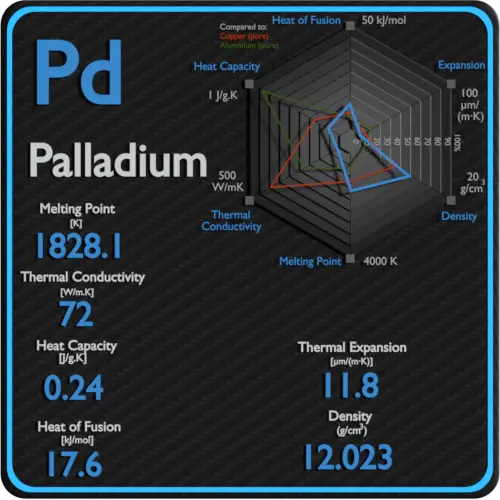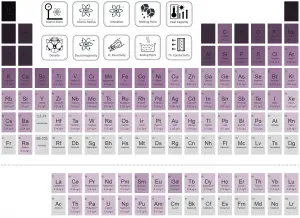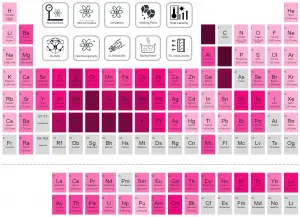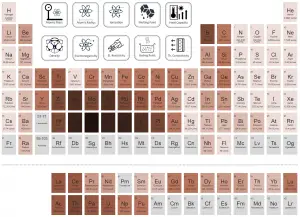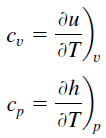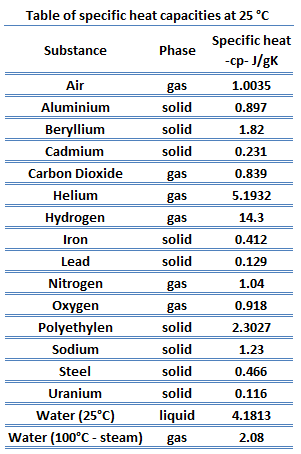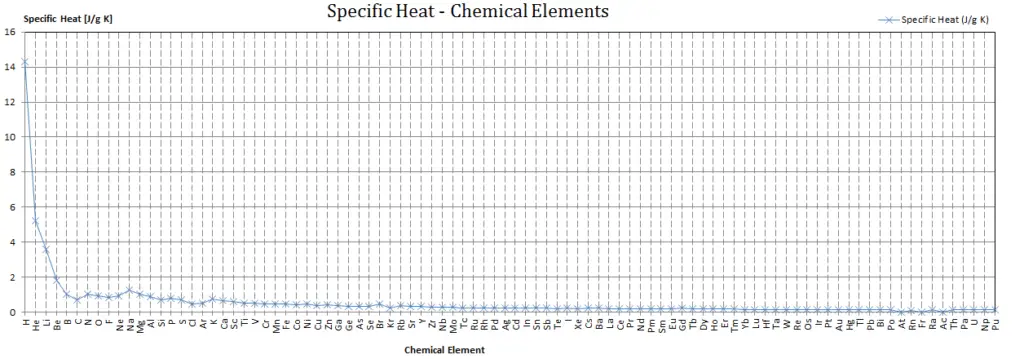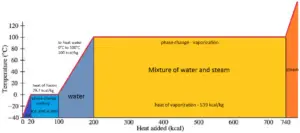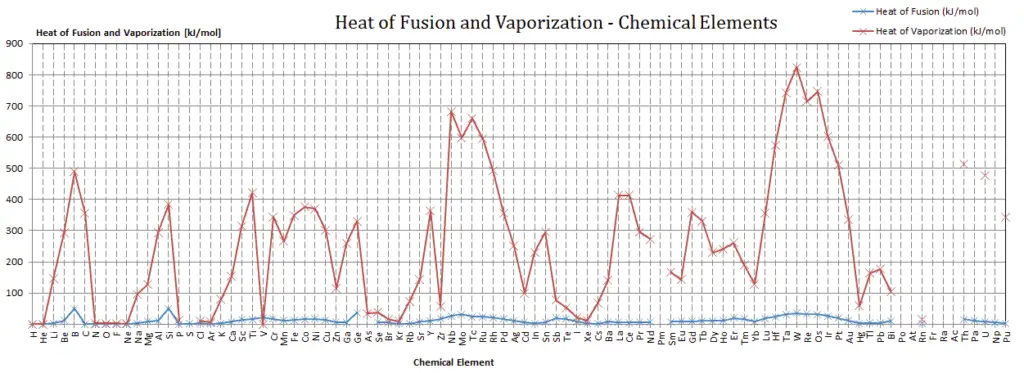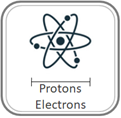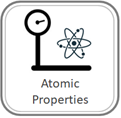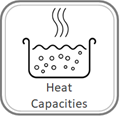About Palladium
Palladium, platinum, rhodium, ruthenium, iridium and osmium form a group of elements referred to as the platinum group metals (PGMs). These have similar chemical properties, but palladium has the lowest melting point and is the least dense of them. More than half the supply of palladium and its congener platinum is used in catalytic converters.
Palladium – Specific Heat, Latent Heat of Fusion, Latent Heat of Vaporization
Specific heat of Palladium is 0.24 J/g K.
Heat capacity is an extensive property of matter, meaning it is proportional to the size of the system. Heat capacity C has the unit of energy per degree or energy per kelvin. When expressing the same phenomenon as an intensive property, the heat capacity is divided by the amount of substance, mass, or volume, thus the quantity is independent of the size or extent of the sample.
Latent Heat of Fusion of Palladium is 17.6 kJ/mol.
Latent Heat of Vaporization of Palladium is 357 kJ/mol.
Latent heat is the amount of heat added to or removed from a substance to produce a change in phase. This energy breaks down the intermolecular attractive forces, and also must provide the energy necessary to expand the gas (the pΔV work). When latent heat is added, no temperature change occurs. The enthalpy of vaporization is a function of the pressure at which that transformation takes place.
See also: Mechanical Properties of Palladium
Summary
| Element | Palladium |
| Specific Heat | 0.24 J/g K |
| Heat of Fusion | 17.6 kJ/mol |
| Heat of Vaporization | 357 kJ/mol |
| Density | 12.023 g/cm3 |
Source: www.luciteria.com
